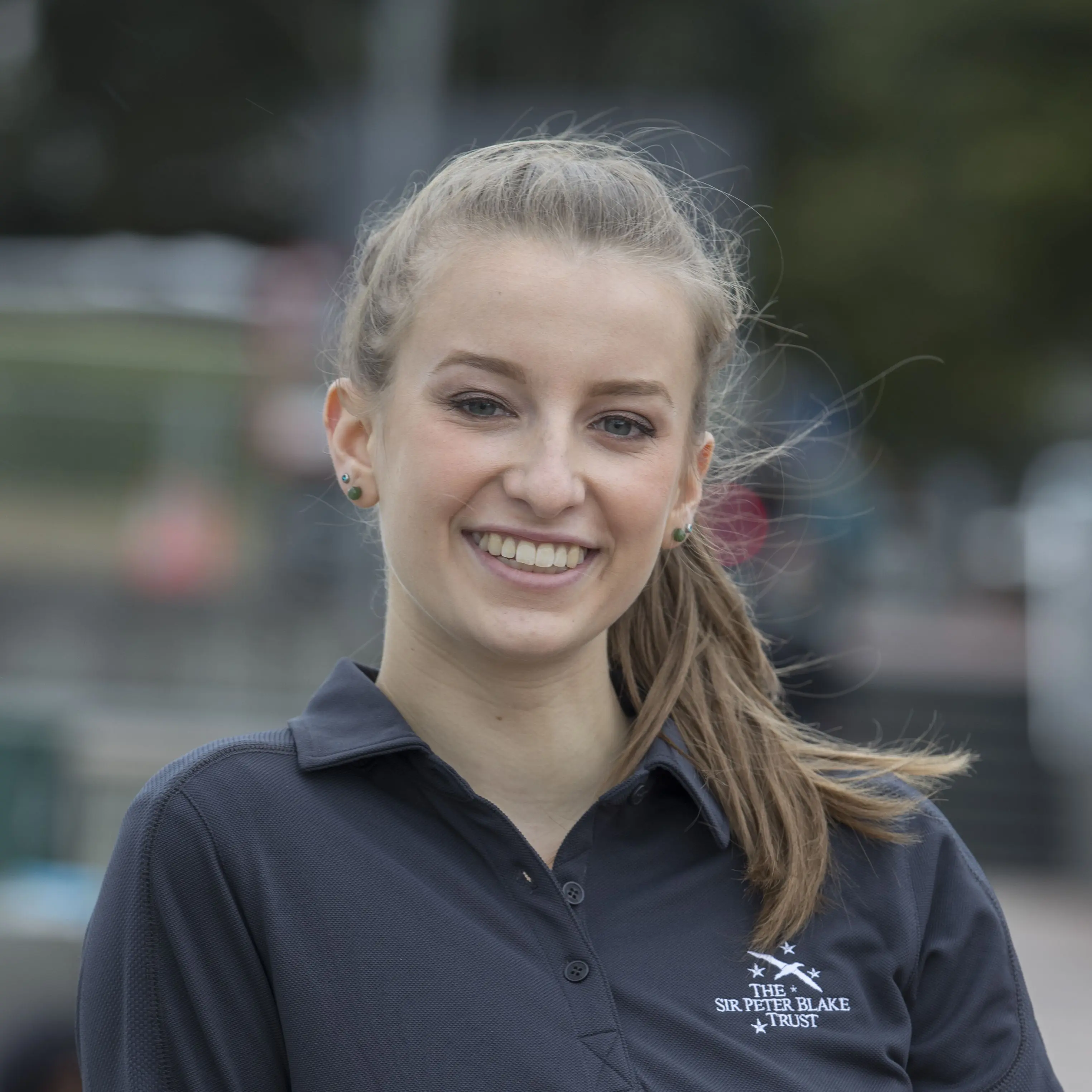When we arrived in Port Waikato, we were told all about the predators of and the dangers humans pose to the shorebirds we would be protecting, however, nobody mentioned both ourselves (in our tent) and our birds would encounter and have to survive two big storms as well as king tides. The problem with living and nesting on a spit with the Tasman Sea on one side and New Zealand’s largest river on the other, is that it doesn’t take much swelling from either of those bodies of water to inundate the entire strip of sand. This happened while we were there. Multiple times.
Unfortunately, at the start of this adventure, we were told we were not to interfere with natural events, which makes sense on paper but is very hard to implement in the field after you have become attached to and named all the individual birds. So, while we were tent-bound during the first storm of the year, in between wondering if we should evacuate like the rest of the tents at the campground and only occasionally going outside to put the tent pegs back in to stop it from collapsing, we sat worrying about our birds in the cold, heavy rain, king tide and blistering winds in what was supposed to be the height of summer. After the storm was over, we waded, knee deep through the dune road which had turned into an offshoot from the mighty Waikato due to the river swelling, to get back to our birds out on the spit. It was obvious that the spit had been completely inundated, likely from both sides. On approaching the nests, we got more and more nervous at how wet the sand still was and how close all the eggs were to hatching. To our surprise, the nests we checked along with eggs the contained, were bone dry. The parents had managed to protect their nests from mother nature and our first chicks hatched about a week later.
The endurance of these birds through a force of nature such as this gave us hope for the future of these species. We managed to keep the people, dogs and vehicles away from the nests, chicks and parents and hopefully the parents ability to protect their nests through this storm, which was, by far, the worst we endured during our time there, is an indication of the resilience of our native species in environments they have been dealing with for much longer than people have been here. If we can all play our part in the reduction of human-related deaths of our native species as a result of our recreational and commercial activities, our pets and the predators introduced, we may be able to bring these populations back to non-endangered levels and not have to interfere with natural events – however heart breaking they may seem sometimes – because these birds have proven they can and will survive.

Shelley Ogle
BLAKE DOC Ambassador 2017


